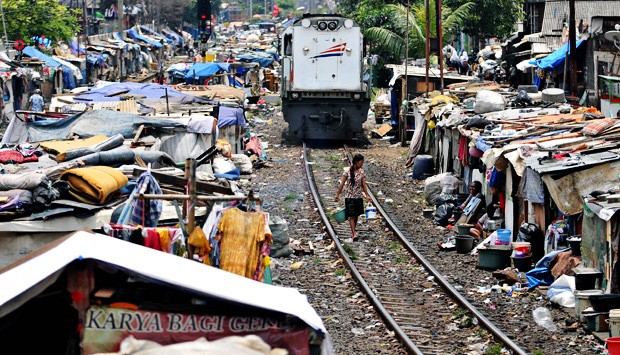Popular Reads
Top Results
Can't find what you're looking for?
View all search resultsPopular Reads
Top Results
Can't find what you're looking for?
View all search resultsNew global strategy aims to end leprosy by 2020
Change text size
Gift Premium Articles
to Anyone
A
new global strategy recently released by the World Health Organization (WHO) aims to stop leprosy transmission and its associated discrimination and stigma by 2020.
Leprosy was eliminated globally in 2000, during which the disease prevalence rate dropped to below 1 per 10,000 population. Although all countries have achieved this rate at the national level, it remains an unfinished agenda at the sub-national level, WHO says.
“Leprosy continues to afflict the vulnerable, causing life-long disabilities in many patients, subjecting them to discrimination, stigma and a life marred with social and economic hardships,” it says in a recent statement.
Indonesia is one of 13 countries, from which 94 percent of 213,899 new leprosy cases were reported in 2014. The 12 other countries are Bangladesh, Brazil, Democratic Republic of Congo, Ethiopia, India, Madagascar, Myanmar, Nepal, Nigeria, the Philippines, Sri Lanka and the United Republic of Tanzania.
Indonesia and two other countries, namely Brazil and India, account for 81 percent of the newly diagnosed and reported cases globally.
Through its “Accelerating towards a leprosy-free world” global strategy for 2016-2020, WHO calls on countries to make stronger commitments and accelerated efforts to stop disease transmission and end associated discrimination and stigma to achieve a world free of leprosy.
“The new global strategy is guided by the principles of initiating action, ensuring accountability and promoting inclusivity. These principles must be embedded in all aspects of leprosy control efforts. A strategy can only be as good as its implementation,” WHO South-East Asia Region director Poonam Khetrapal Singh said during the launch of the global strategy in New Delhi recently.
The strategy aims to reduce to zero the number of children diagnosed with leprosy and related physical deformities by 2020. It also aims to reduce the rate of newly diagnosed leprosy patients with visible deformities to less than one per million and ensure that all legislation that allows for discrimination on the basis of leprosy is overturned.
“The key interventions needed to achieve the targets include– detecting cases early before visible disabilities occur, with a special focus on children as a way to reduce disabilities and reduce transmission,” WHO says.
Targeting detection among higher risk groups through campaigns in highly endemic areas or communities and improving health care coverage and access for marginalized population are also among key interventions to be conducted.
The global strategy also mandates the screening of all close contacts of leprosy-affected persons, promoting a shorter and uniform treatment regime. Incorporating specific interventions against stigma and discrimination is the other strategic interventions that endemic countries need to include in their national plans to meet the new targets.
WHO says the delay in detection of new patients is the main and continuing challenges to leprosy control. Persisting discrimination against people affected by leprosy which has ensured continued transmission of the disease aggravated the situation.
“Several leprosy-affected countries still have legislation in place that allows discrimination against people suffering from leprosy. Social stigma impedes early detection of the disease, particularly in children, and increases disabilities,” WHO says, adding stigma also facilitates transmission among vulnerable groups, including migrant populations, displaced communities, the ultra-poor and hard-to-reach populations. (ebf)










